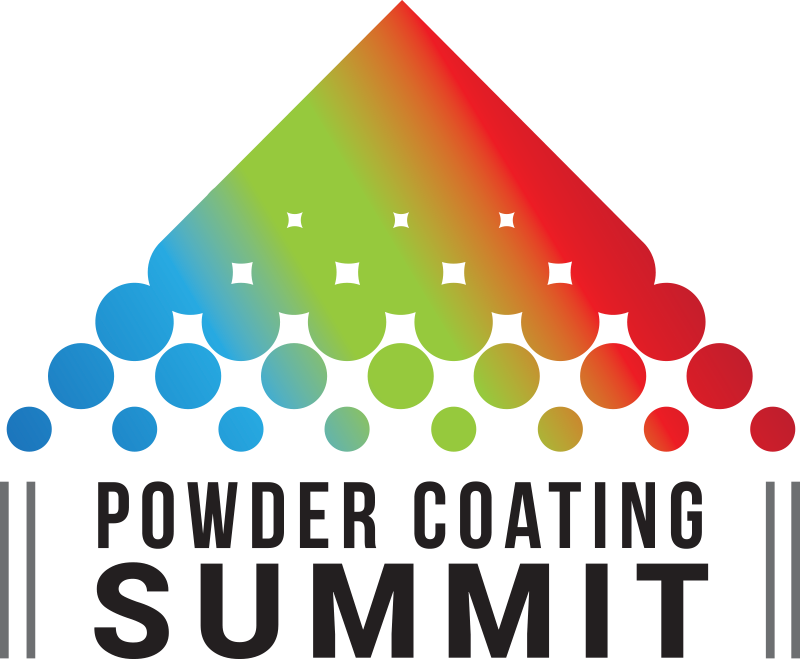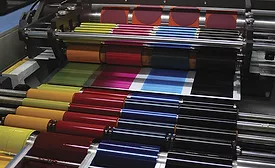Paint & Coatings Industry Top Stories
for Applications Requiring Ultra-Weatherability
Read More
New Safe and Durable Antimicrobial Coating Technology
Conforming to the Latest EU BPR Legislation
Read More
Building an Industrial Wood Coating Finish
A View from a Third-Generation Supplier and Manufacturer
Read More
A New Styrene Maleic Anhydride Copolymer Additive
for Improved Ink Transfer in Water-Based Flexographic Printing Inks
Read More
Keep the info flowing with our eNewsletters!
Get the latest industry updates tailored your way.
JOIN TODAY!Copyright ©2025. All Rights Reserved BNP Media.
Design, CMS, Hosting & Web Development :: ePublishing












